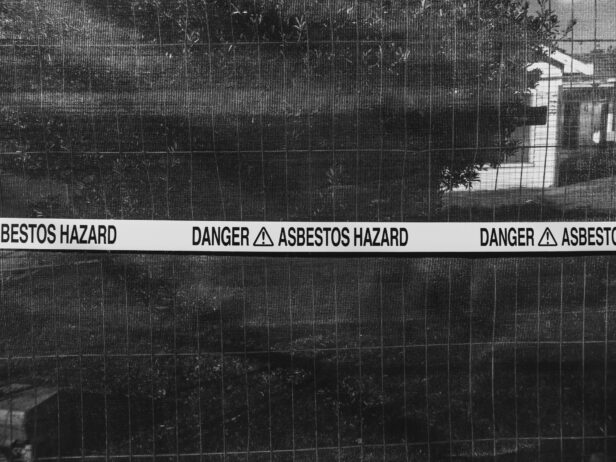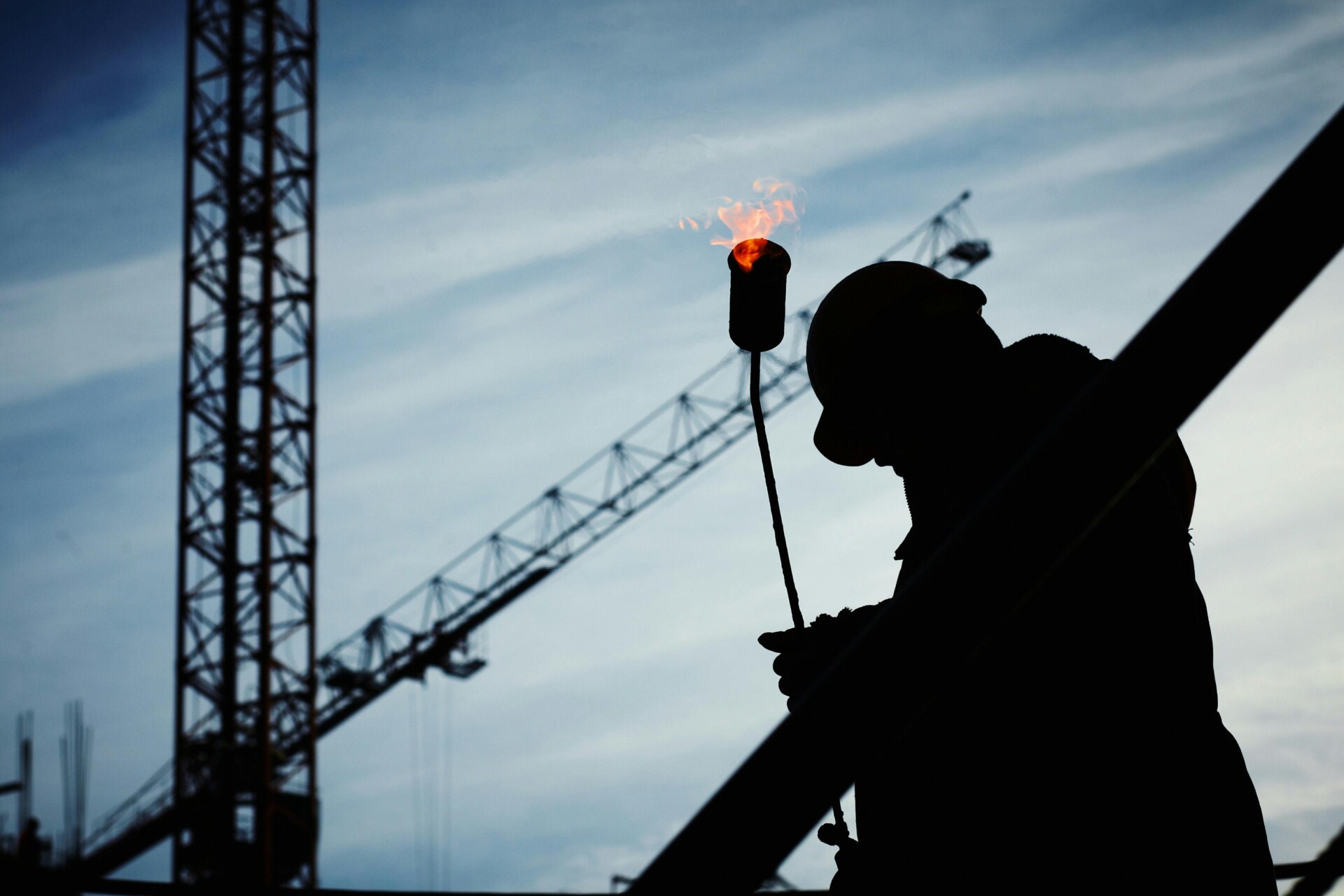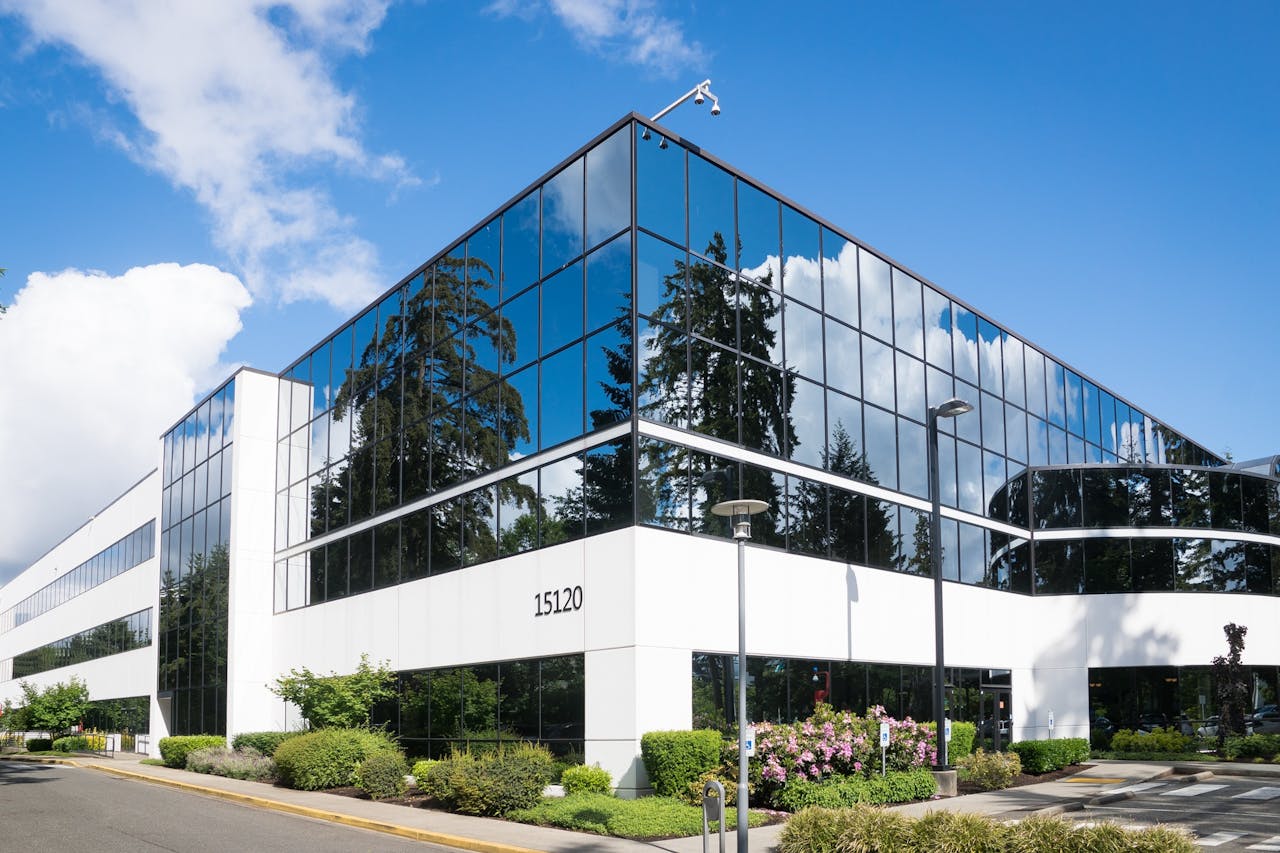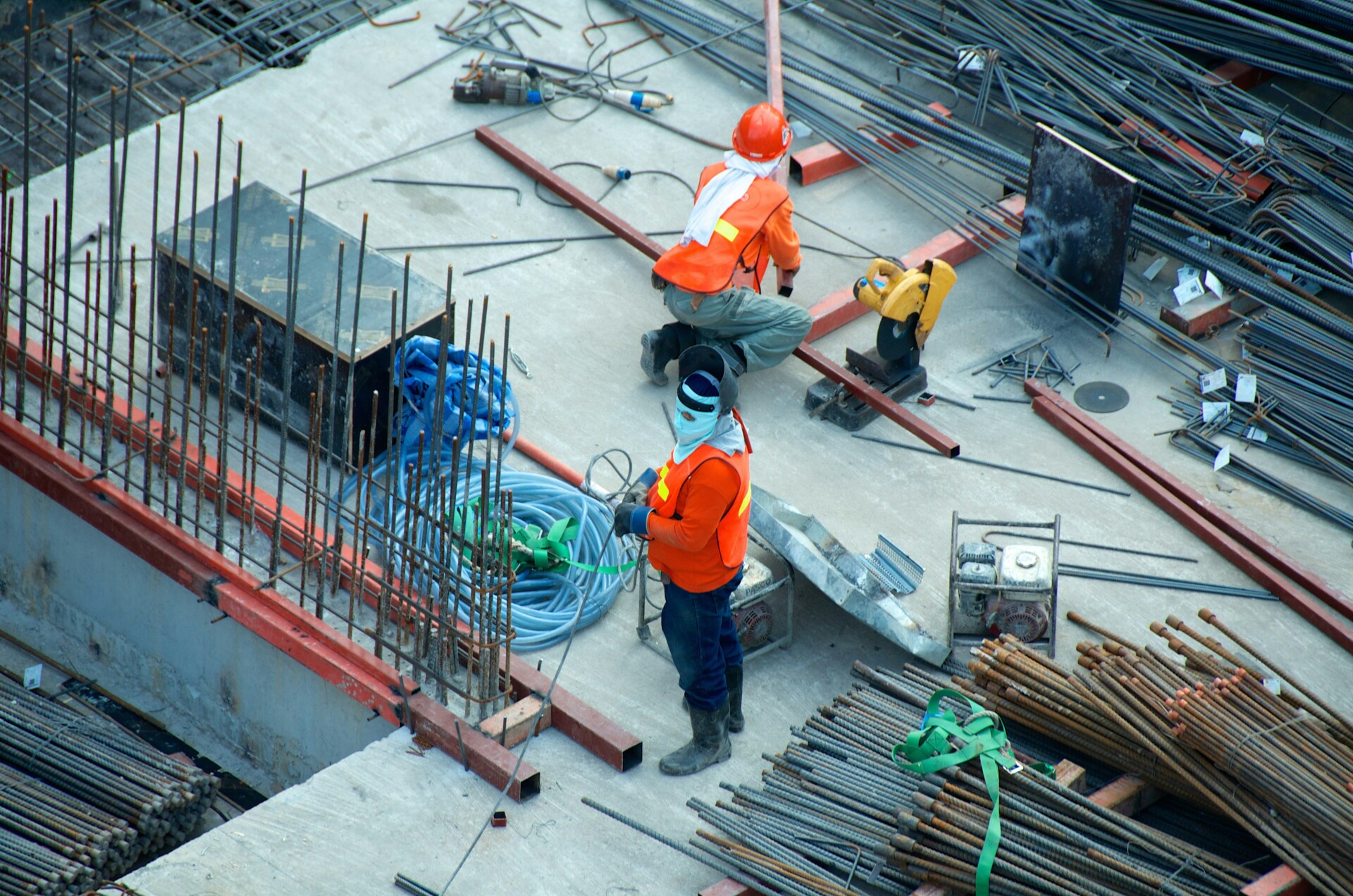Asbestos abatement is a heavily regulated process essential for the safe removal or management of asbestos-containing materials in commercial buildings. This hazardous mineral was once prized in construction for its fire-resistant qualities but is now recognized as a severe health risk. When asbestos fibers are inhaled, they can lead to life-threatening conditions like lung cancer and mesothelioma.
The dangers of asbestos exposure are significant. Even small amounts of airborne fibers can lodge deep in the lungs, potentially causing respiratory issues decades later. This is why proper handling and removal by trained professionals are critical— asbestos abatement is not a do-it-yourself project.
Federal regulations, specifically the National Emission Standards for Hazardous Air Pollutants (NESHAP), mandate strict protocols for dealing with asbestos during commercial building demolition and renovation. These rules aim to minimize fiber release and protect workers and the public. Key requirements include:
- Thorough building inspection before any work begins
- Notification to regulatory agencies prior to asbestos disturbance
- Use of certified asbestos professionals for removal
- Proper containment and wet methods during abatement
- Stringent air monitoring and clearance testing
At EB3 Construction, we take these regulations seriously, ensuring all our project fully complies with NESHAP and state guidelines. Our team stays up-to-date on the latest abatement techniques and safety protocols to deliver projects that prioritize health and environmental protection.
What Are the Legal Requirements for Asbestos Abatement?

As general contractors, we must adhere to strict federal and state regulations when handling asbestos in commercial buildings. The Environmental Protection Agency (EPA) has established comprehensive requirements that we follow diligently to ensure safety and compliance:
EPA NESHAP Regulations
The National Emission Standards for Hazardous Air Pollutants (NESHAP) mandates that we notify the appropriate state agency before any demolition or renovation project that could potentially disturb asbestos-containing materials. This notification allows regulatory bodies to monitor the process and ensure proper precautions are taken.
AHERA Accreditation Requirements
Under the Asbestos Hazard Emergency Response Act (AHERA), we ensure that all personnel working with asbestos in commercial buildings are accredited through an EPA-approved training program. This program must meet or exceed the standards set by the EPA Model Accreditation Plan, covering crucial topics such as:
- Proper asbestos identification and handling techniques
- Safety protocols and use of personal protective equipment
- Regulatory compliance and documentation procedures
- Containment and disposal methods
State and Local Regulations
We recognize that many states and municipalities have enacted even more stringent asbestos abatement regulations. Our team stays up-to-date on all applicable local standards, which may include:
- Additional licensing requirements for asbestos professionals
- More frequent air monitoring and testing protocols
- Stricter containment and disposal procedures
- Enhanced notification and reporting mandates
By meticulously following these federal, state, and local requirements, we ensure that all asbestos abatement work is conducted safely, legally, and with minimal risk to building occupants and the environment. Our commitment to regulatory compliance is a cornerstone of our asbestos management approach.
| Regulation | Description | Key Requirements |
|---|---|---|
| NESHAP (National Emission Standards for Hazardous Air Pollutants) | Mandates strict protocols for asbestos handling during commercial building renovation and demolition. | Notification to state agencies, use of certified professionals, proper containment, and air monitoring |
| AHERA (Asbestos Hazard Emergency Response Act) | Requires accreditation through an EPA-approved training program for those handling asbestos in schools and commercial buildings. | Accreditation, asbestos identification, safety protocols, and containment methods |
| State and Local Regulations | Vary by location, often more stringent than federal requirements for asbestos abatement. | Additional licensing, more frequent monitoring, stricter disposal and containment procedures |
What Are the Steps in the Professional Asbestos Abatement Process?
The asbestos abatement process for commercial buildings follows a systematic approach designed to safely remove or contain hazardous materials. As general contractors, we coordinate this complex process to ensure compliance and minimize risks. Here’s an overview of the key steps:
Inspection and Testing
We begin by bringing in certified asbestos inspectors to thoroughly assess the property and identify any asbestos-containing materials (ACMs). This critical first step typically costs between $250 and $800, depending on the building’s size and complexity. Samples are sent to a lab for definitive testing before proceeding.
Site Preparation and Containment
Once ACMs are identified, our team meticulously prepares the site. We seal off the work area with heavy-duty plastic sheeting, creating a negative air pressure environment to prevent fiber release. All HVAC systems are shut down and sealed to avoid contamination. This containment phase is crucial for protecting both workers and building occupants.
Removal or Encapsulation
Depending on the situation, we either remove the asbestos-containing materials or encapsulate them. Removal involves carefully wetting the ACMs to minimize fiber release, then scraping or cutting them away. The materials are immediately bagged, sealed, and prepared for disposal. Encapsulation, on the other hand, involves applying a sealant to bind the asbestos fibers in place, preventing them from becoming airborne.
Air Filtration and Cleaning
Throughout the abatement process, we employ specialized HEPA air filtration systems to capture any stray asbestos fibers. After removal or encapsulation, the entire work area undergoes meticulous cleaning. This includes HEPA vacuuming, wet-wiping of surfaces, and additional air scrubbing to ensure a safe environment.
Clearance Testing
Before considering the job complete, we arrange for independent clearance testing. Certified professionals conduct visual inspections and take air samples to confirm that asbestos levels are below regulatory thresholds. This step provides assurance that the space is safe for re-occupancy.
Proper Disposal
The final step involves the careful transport and disposal of asbestos-containing waste. We coordinate with licensed hazardous waste facilities, typically costing between $10 and $50 per cubic yard, plus any additional permit fees. Proper documentation is maintained throughout this process to ensure regulatory compliance.
By managing each of these steps with precision and care, we ensure that asbestos abatement is conducted safely and effectively, protecting the health of building occupants and workers alike.
What Factors Affect Asbestos Abatement Costs for Commercial Projects?

Several factors influence the cost of commercial asbestos abatement projects. The most significant is square footage, with interior removal typically costing $5-$20 per square foot and exterior removal (such as roofing or siding) costing $50-$150 per square foot. The location and accessibility of asbestos materials also impact costs, as hard-to-reach areas require more complex containment measures.
Labor costs generally range from $75-$200 per hour for asbestos abatement professionals. The type of abatement chosen affects pricing, with encapsulation usually costing 15-25% less than complete removal. This can lead to substantial savings on larger projects where encapsulation is a viable option.
Additional considerations include the type of asbestos present. Amosite and crocidolite asbestos are more expensive to remove than chrysotile, often increasing costs by 5-10%. The condition of asbestos-containing materials also plays a role, with deteriorating materials necessitating more intensive and costly removal procedures.
Replacement costs for removed materials should be factored into the overall project budget. For example, replacing asbestos insulation or flooring can significantly add to the total cost beyond just the abatement work.
Regulatory compliance measures like air monitoring, proper disposal, and documentation can comprise 10-20% of project costs. Urban areas often have stricter requirements and higher associated fees than rural locations.
We approach each commercial asbestos project with a detailed assessment to provide accurate cost estimates. By evaluating all these factors, we can develop a comprehensive abatement plan that balances safety, regulatory compliance, and cost-effectiveness for your specific situation.
How to Select a Qualified Asbestos Abatement Contractor?
When dealing with asbestos abatement in commercial buildings, selecting the right contractor is essential. As general contractors, we recognize the need for thorough due diligence in this process. Here’s how we approach vetting and selecting qualified asbestos abatement specialists:
Verify Proper Certification and Licensing
We always begin by ensuring potential contractors possess the necessary accreditations and registrations. This includes EPA-approved training certifications and state-level licensing specific to asbestos work. For instance, in California, we require the C-22 Asbestos Abatement classification from the Contractors State License Board. Proper credentials demonstrate that a contractor has met rigorous training standards.
Request and Evaluate References
Experience is critical when it comes to safely handling asbestos. We request references from previous commercial abatement projects similar in scope to ours and take the time to contact those references to inquire about the contractor’s safety protocols, adherence to schedules, and overall professionalism. This step provides valuable real-world insights into a contractor’s capabilities.
Compare Multiple Bids Carefully
We solicit bids from at least three qualified contractors to understand fair market rates. While comparing costs is important, we remain cautious of unusually low estimates, which may indicate shortcuts on safety or proper disposal procedures. Our aim is to find the best value—a contractor who can perform the job thoroughly and safely at a reasonable price.
Examine Insurance Coverage
Proper insurance is crucial for asbestos work. We verify that contractors carry both general liability and specific asbestos abatement coverage with no exclusions. Ideally, we look for ‘occurrence-type’ policies rather than ‘claims-made’ coverage, as they offer more comprehensive protection. We also confirm that coverage limits meet or exceed our project requirements.
Review Proposed Work Plans
A detailed work plan is key to safe and effective asbestos abatement. We meticulously evaluate each contractor’s proposed approach, focusing on their containment procedures, air monitoring protocols, and worker safety measures. The plan should demonstrate a thorough understanding of regulatory requirements and industry best practices.
Assess Documentation Practices
Proper documentation is vital for regulatory compliance and liability protection. We ensure the contractor will provide complete records, including all required notifications, daily logs, air monitoring results, and waste disposal manifests. We also confirm they’ll arrange for final clearance testing by an independent, certified asbestos consultant.
By following this systematic approach, we can confidently select asbestos abatement contractors who prioritize safety, comply with all regulations, and complete the work to the highest standards. This thorough vetting process is an essential part of how we manage complex renovation and demolition projects involving asbestos-containing materials.
Remember, when it comes to asbestos abatement, cutting corners is never worth the risk. Taking the time to thoroughly evaluate potential contractors is an investment in the safety of building occupants and workers alike.
Conclusion: Ensuring Safe and Compliant Asbestos Management

Properly managing asbestos in commercial buildings requires a committed approach focused on safety, compliance, and professional expertise. As a general contractor, we understand the critical importance of handling asbestos-containing materials with utmost care. An investment in thorough inspections, qualified abatement contractors, and meticulous documentation pays dividends in protecting occupant health and meeting regulatory requirements.
While costs can vary depending on the project scope, proper asbestos abatement is an essential safety measure that cannot be overlooked. By developing comprehensive management plans, verifying contractor qualifications, and maintaining detailed records throughout the process, building owners and managers can effectively mitigate risks while minimizing disruptions to operations. The long-term benefits of proper asbestos management far outweigh the upfront costs.
Ultimately, prioritizing safe and compliant asbestos handling practices is not just about meeting regulations—it’s about creating healthier indoor environments and demonstrating a commitment to occupant well-being. With the right approach and qualified partners, commercial property owners can manage asbestos challenges confidently.
For expert guidance on asbestos management and abatement for your commercial property, contact the EB3 Construction team to discuss your project needs.




